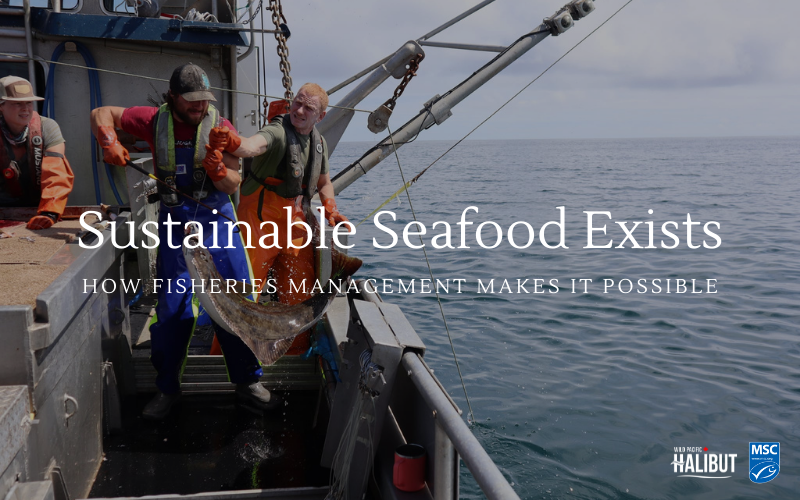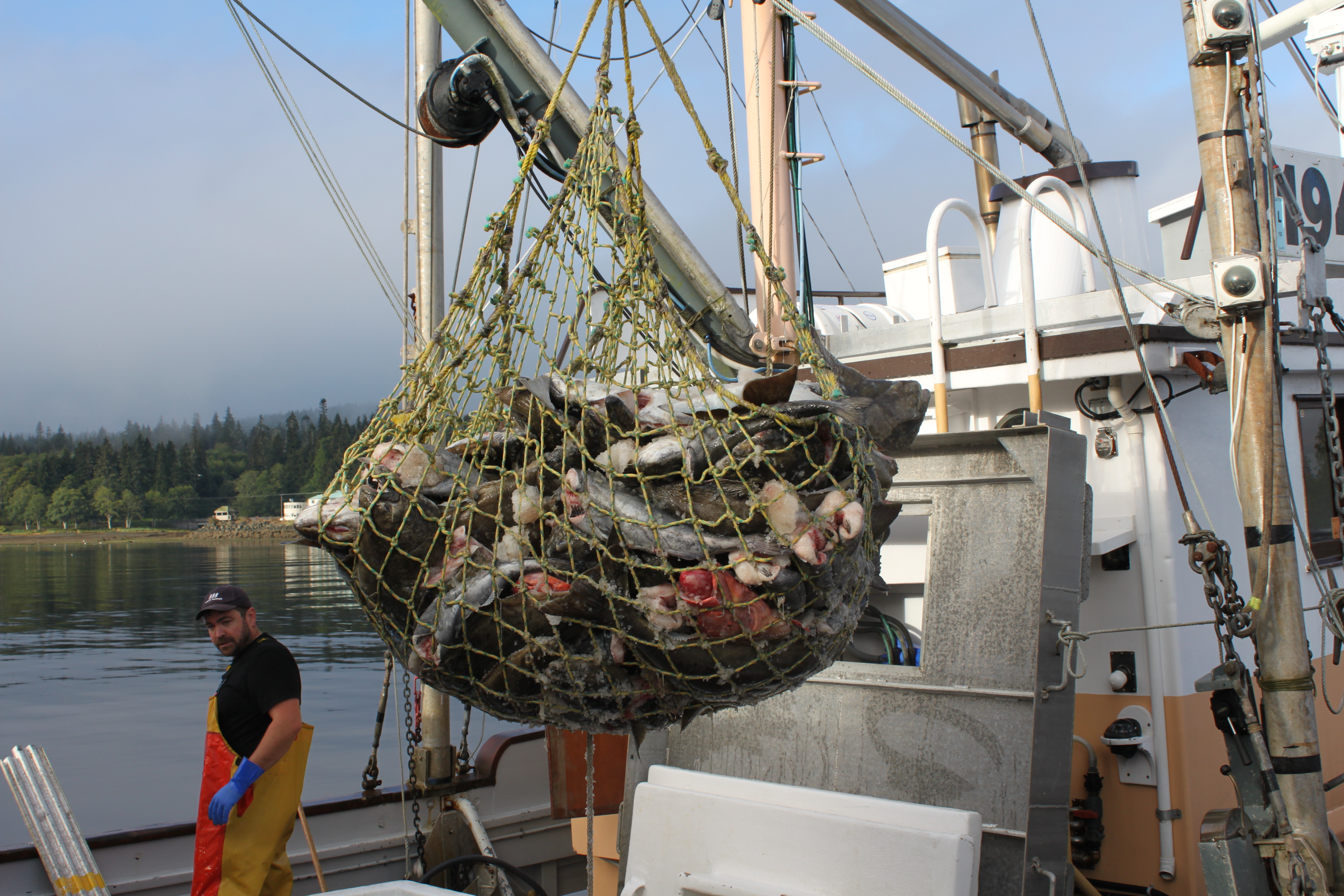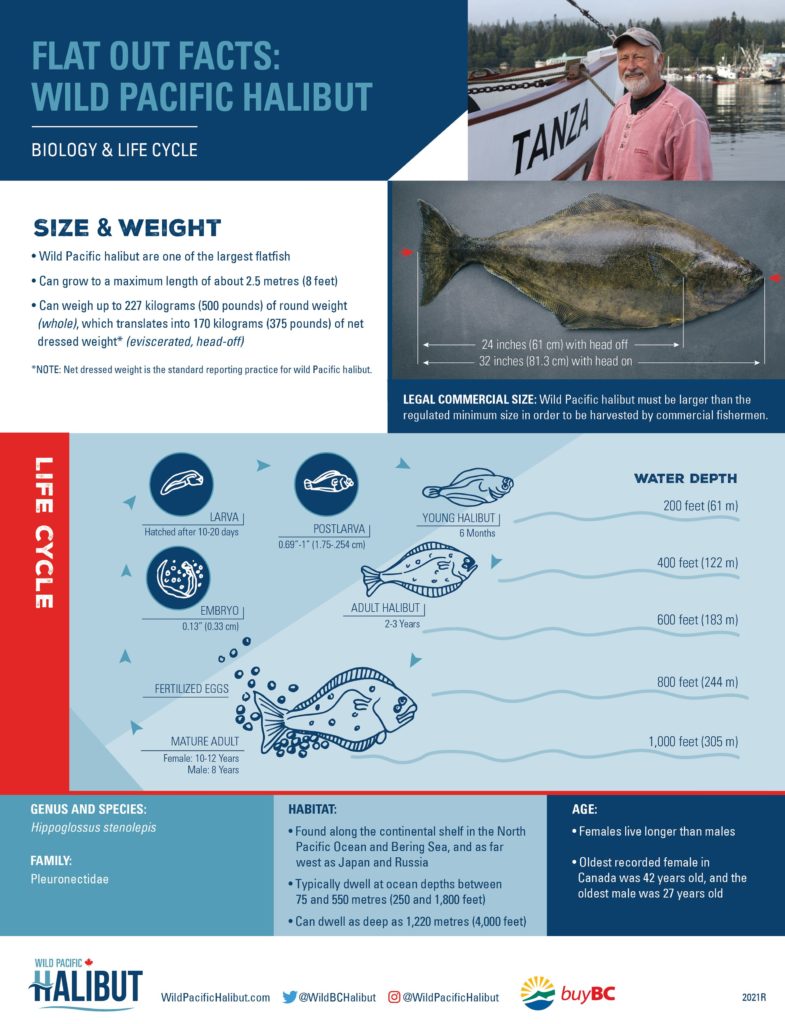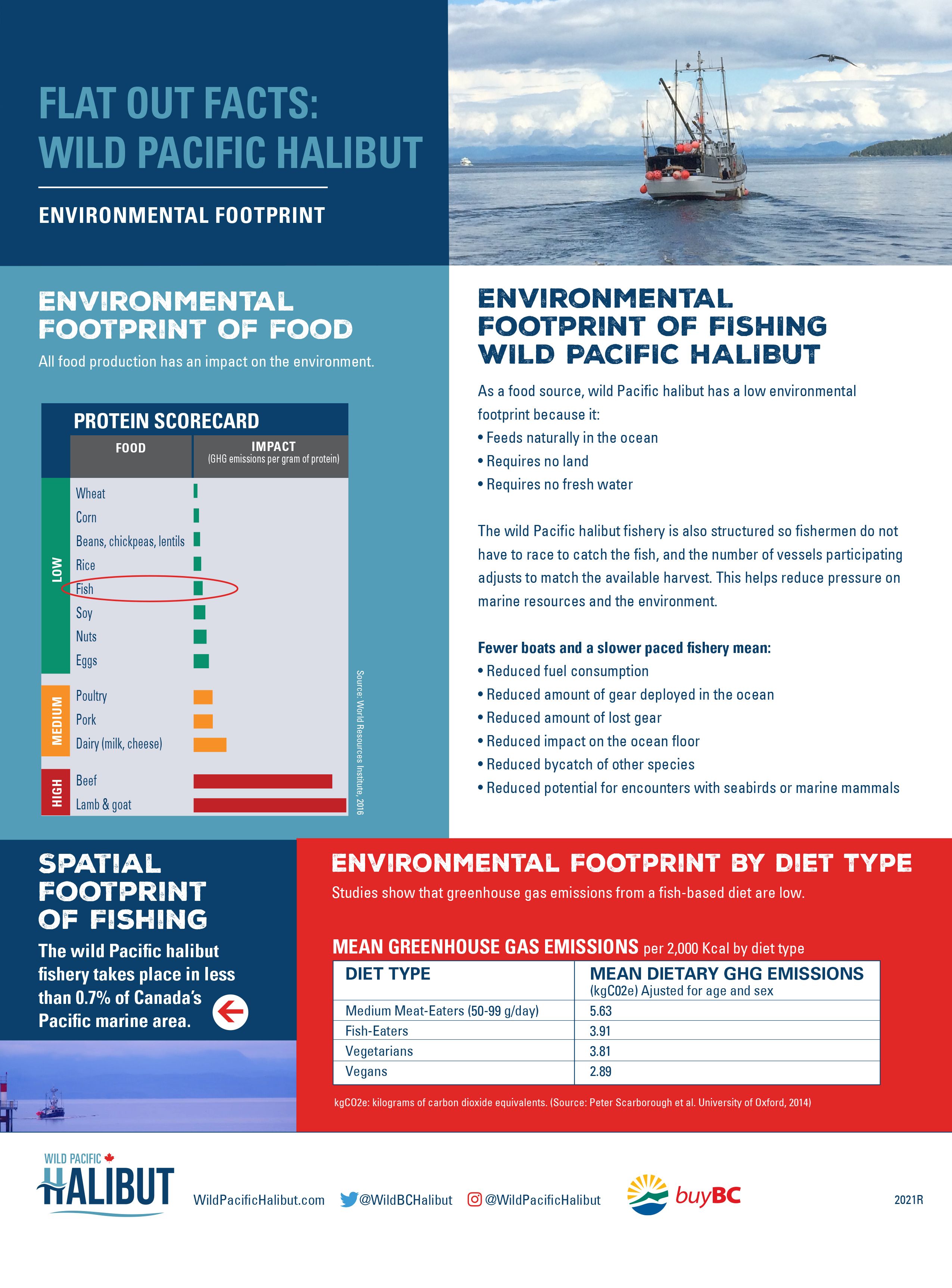
Sustainable Seafood Exists: How Fisheries Management Makes it Possible
Since the popularity of Seaspiracy, some consumers are wondering whether or not sustainable fishing and sustainable seafood really exist.
I’ve debunked the film on my blog and in fact, I partnered with the Marine Stewardship Council (MSC) in the fall of 2021 on an eight-week campaign highlighting how a rigorous Fisheries Standard can in fact support sustainable fisheries.
For World Oceans month, I’m working with the MSC again to dig deeper into fisheries management and how the management techniques that we put in place in global fisheries have succeeded in making fisheries more sustainable.
What is “fisheries management”?
In its most basic definition, fisheries management is the process that creates and enforces the rules that are needed to prevent overfishing and help overfished stocks rebound.
There are several different strategies and techniques used to manage fisheries and ensure we’re not a) depleting the resource and b) causing substantial harm to the marine environment. Successful fishery management ensures sustainability for fish stocks, food for consumers, and livelihood for those in the industry.
The MSC’s role in fisheries management
The MSC Fisheries Standard reflects globally accepted best practices for environmentally sustainable fishing. The Fisheries Standard involves a third party auditor independently assessing fisheries against the MSC Standard. The auditors look at three main principles to assess whether a fishery meets the standard.
Healthy fish stocks
This looks at the stock of that fishery, the target species that they’re harvesting, and it makes sure that the fishing is at a level that ensures the long term sustainability of that stock.
Minimizing environmental impacts
This principle looks at things like bycatch, ecosystem impacts and habitats to make sure that the fishery is minimizing impacts on the surrounding ecosystem so it remains productive and biodiverse.
Effective management
This Principle ensures that MSC certified fisheries are complying with relevant laws and legislation. And really, that they are managed effectively; they’re responding to ecosystem changes and changes in stock health. And just ensuring that there’s effective management in those fisheries.
More information: As fisheries science evolves and we learn more about our oceans, the MSC requires that fisheries’ practices remain flexible to change alongside it. The MSC works regularly with scientists and researchers to ensure their approach to sustainability is relevant for current conditions.
Furthermore, the MSC has several case studies showing how the impact of their certification program has had long-lasting benefits on marine conservation including a significant reduction in bycatch in Fiji’s tuna fishery and international collaboration to improve fisheries management in the Barents Sea. A lot of scientific research has also emerged confirming that when fisheries are effectively managed, they’re more productive. This creates more bountiful seafood harvests, healthier oceans, and more resilient coastal communities.
Learn more about how MSC certified fisheries protect our ocean.

Case study: Wild Pacific Halibut Fishery
To better understand how good fisheries management supports sustainable fisheries, let’s look at the case of the Wild Pacific Halibut, who were the first fishery on the west coast of Canada to become MSC certified.
The Wild Pacific Halibut Fishery considers themselves to be one of the most well managed fisheries in the entire world. The entire fishery is a small boat fishery, so the boats are between 40-50 feet and are primarily family-owned vessels. The wild Pacific halibut fishery has a small spatial footprint, taking place in less than 0.7% of Canada’s Pacific marine environment.
Management of this fishery has dramatically changed over the years and the innovative management measures that they proactively implemented are what made them the first MSC certified fishery on Canada’s west coast.
Some of their impressive fisheries management practices include:
INDIVIDUAL TRANSFERABLE QUOTA (CATCH SHARE)
Each season, vessels are allocated Individual Transferable Quota (ITQ) – their share of the annual total allowable catch. The following special measures have been put in place to create the right incentives so that the total harvest never exceeds the total allowable catch.
100% AT-SEA MONITORING
All vessels are required to carry a government-designated observer or a video-based, electronic monitoring system from a government approved service provider to record vessel location and catch – both retained and released.
100% DOCKSIDE MONITORING
Vessels can only offload at approved landing ports and all landings are monitored by a government-designated dockside observer.
TAGGING
During the dockside validation, a government-designated observer tags every single wild Pacific halibut with a unique serial number to help with enforcement and traceability.


Wild Pacific Halibut and the Marine Stewardship Council
To better understand the role of the Marine Stewardship Council in the Wild Pacific Halibut Fishery, I spoke to Sandra Merk and Chris Sporer to gain some insights into the MSCs role in the sustainable management of the fishery.
What was the process like for the fishery to become MSC certified?
The MSC Fisheries Standard is the most rigorous in the world for sustainable wild fishing and seafood certification. For Canada’s wild Pacific halibut fishery, it took a lot of time, effort and financial investment to achieve MSC certification in 2009, not just the MSC process itself but also changes that had to be made to the fishery so it could meet the standard. And the process hasn’t ended with this initial certification, every year the fishery undergoes a surveillance audit and must be re-certified every 5 years.
What is the importance to the fishery of being MSC certified?
Canada’s wild Pacific halibut fishery has always been considered to be well-managed. MSC certification takes that a step further and provides independent, transparent assessment of the fishery to verify that it meets rigorous requirements for sustainable fishing. It provides the verification of sustainability that is sought after by consumers who are becoming increasingly interested and knowledgeable about how fisheries are managed and want to be confident that the seafood they are buying is sustainable.
Why should consumers prioritize certified sustainable seafood (from the fishery’s perspective)?
Achieving MSC certification is not easy. To meet the standard, fish harvesters must often change how they fish and incur significant costs. If consumers prioritize certified sustainable seafood, they are recognizing and supporting the efforts of these commercial harvesters. They are helping ensure that these fisheries can continue to provide a stable and secure source of high quality, nutritious food for families around the world today and for future generations.
Conclusion
Sustainable seafood does exist.
We have math, computer models, and an entire branch of science to figure out the right way to manage fisheries sustainably and programs like the MSC Fisheries Standard to enforce it—and it’s working. The majority of the world’s fish stocks are fished at sustainable levels. When fish stocks are sustainably managed, they’re more productive, meaning more seafood to feed the world, more jobs for workers, more prosperous coastal communities, and a healthier ocean.
To learn more, follow MSC Blue Fish on Twitter, Instagram, and Facebook. And to make sure you don’t miss any fishery updates, sign up for their newsletter HERE!



